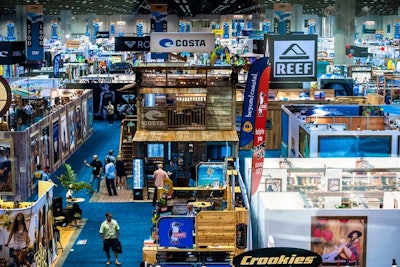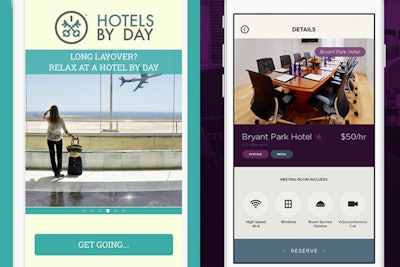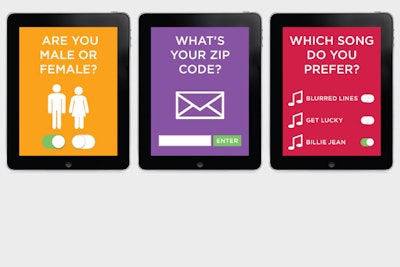
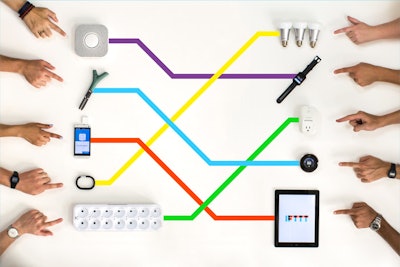

Google recently announced the launch of Chromebox for Meetings, a videoconferencing service that provides “speed, simplicity, and security.” Hardware includes the Intel-based Chromebox unit, a high-definition camera, a combined microphone and speaker unit, and a remote control. As many as 15 participants can join the video meeting from other conference rooms or their laptops, tablets, or smartphones. One click of the remote starts the meeting without the need for access codes. The system operates similar to Google Hangouts and is integrated with Google Apps, so invitations can be sent directly through Google Calendar. Chromebox is currently available from Asus, but both HP and Dell will offer it in the near future.
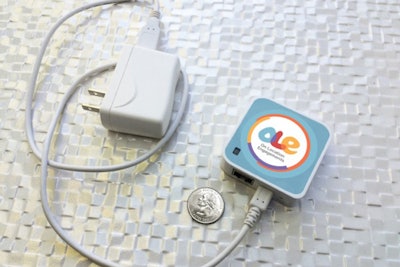
On Location Engagements is a location-based content delivery system for events. The company provides small beacons that use low-energy Bluetooth and Wi-Fi to communicate with attendees’ smartphones, both iOS and Android. Planners upload their floor plans into an online system and designate where they will place the beacons. Then they assign content such as maps, product information, videos, surveys, and sponsor materials to each beacon. Attendees either download the system's app, or it can be embedded into the event’s existing app. When attendees are within a designated range of the beacon—which can be anywhere from 5 to 30 feet—the content automatically appears on their devices. After the event, planners receive analytics such interactions per beacon, length of stay at each beacon, and traffic patterns at the venue.
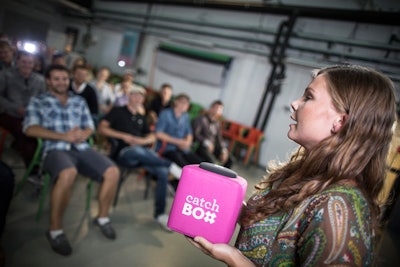
Catchbox is a wireless microphone to pass—or even throw—among speakers or audience members. The device consists of a microphone capsule secured with a magnet inside a soft, seven-inch cube that comes in blue, orange, green, or magenta. Catchbox communicates with an included receiver that can be connected to any sound system. To avoid unwanted noises, internal sensors turn the audio off when the cube is in motion. The company says the product is intended for smaller groups of as many as 100, and it provides the best-quality audio when no obstacles block the line of sight between the Catchbox and the receiver, which should be within 100 feet. As many as four of the units can be used at one time in a room. Catchbox is accepting preorders, with shipping scheduled for June.

Tangible Interaction will unveil its new LCD graffiti product at South by Southwest in March. In contrast to the company’s existing rear-projection digital graffiti wall, the new system takes up much less space and can be used outside in daylight. Planners provide the LCD screen, which can reach 70 inches, and Tangible Interaction provides the sensing system and two digital graffiti spray cans. The look of the graffiti wall is customizable with logos and backgrounds, and clients select colors, nozzle widths, stencils, and other features. After guests create their artwork, they can share the images on Facebook and Twitter or via email.
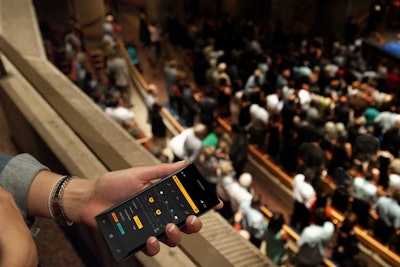
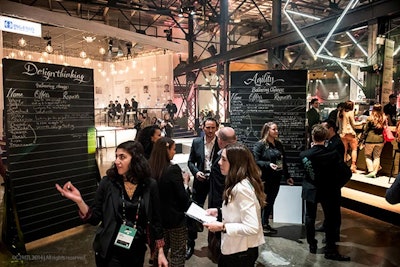
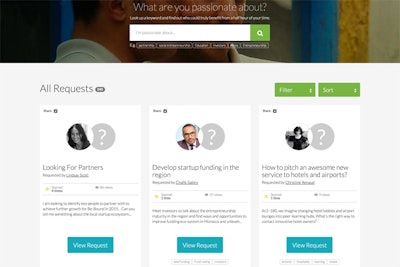
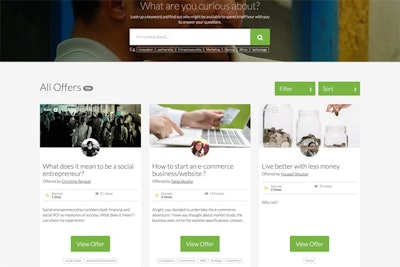
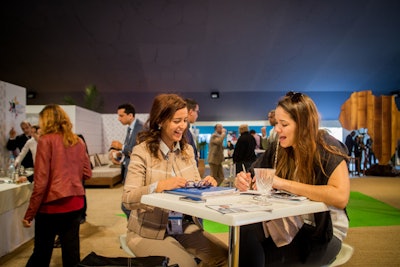
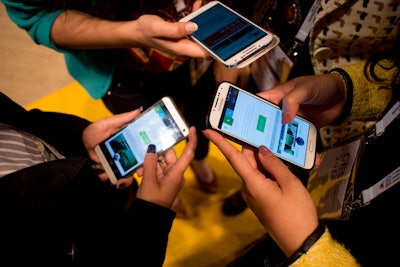
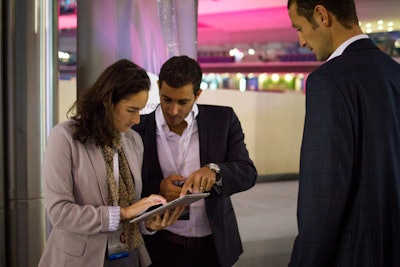
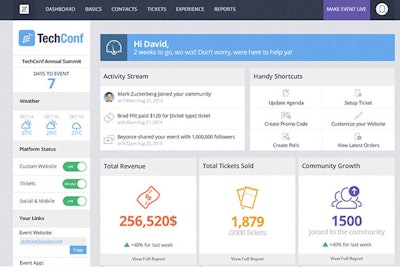
On February 18, event app system Bizzabo launched its Event Success Platform, a management system that centralizes several tools for planners. The system includes an event website, ticketing, a mobile app, email marketing, networking functions, contact management, and on-site check-in. It also offers real-time analytics on each feature to track an event’s progress. “We wanted to free the industry from a reliance on multiple siloed tech solutions that increase an event organizer’s workload, and minimize their ability to measure success and limit productivity,” says C.E.O. Eran Ben-Shushan.
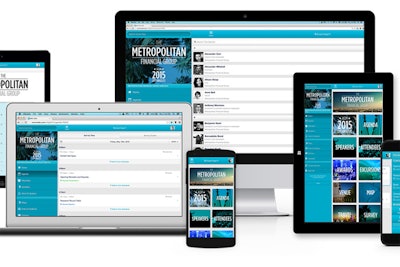
EventMobi, which began as a Web-based app, now gives planners the option of launching a native app to four app stores—Apple, Android, Blackberry, and Windows—with just one click. This means attendees can access the app from any type of device and through a Web browser, even if they are offline. EventMobi has also updated its integrated registration system to handle payment processing and ticketing. It also added an audience response system that includes pre- and post-event surveys, live polling, and real-time anonymous question submission to speakers.
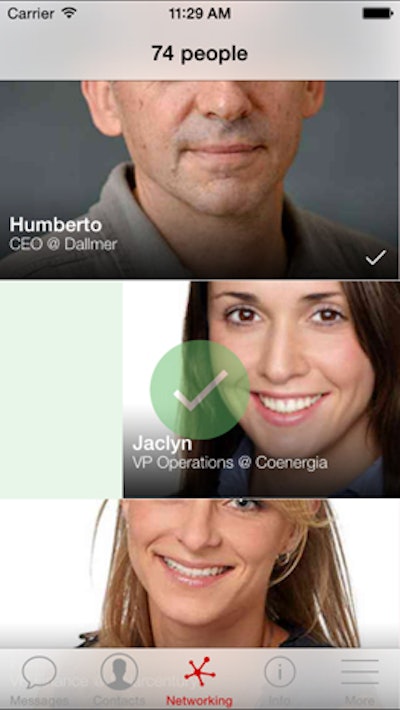
Next week, Topi plans to unveil a new networking tool that takes inspiration from the popular dating app Tinder. “People have nicknamed Topi the ‘Tinder for conferences.’ We liked it, and we now are launching a new feature that allows attendees to signal interests in connecting with others,” says David Aubespin, Topi C.E.O. As a user scans the profiles of other attendees, he or she can swipe across the app to indicate an interest in meeting that person. Once the recipient accepts the request, the app instantly creates a chat room where the two can communicate. Aubespin says the company developed the tool after data showed that attendees often check the profiles of other guests yet do not initiate contact. “This makes the whole experience a lot more fun and less awkward,” he says. In December, Topi added an option for planners to create customizable websites for events powered by the same data they upload for the mobile app. There's also an optional registration system.
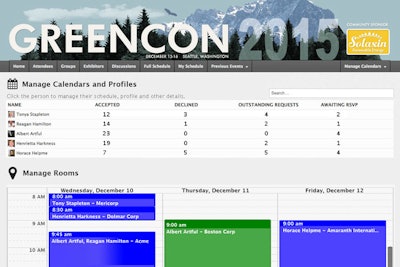
On Monday, Pathable plans to unveil a new feature that will make it easier for one person to manage the attendance of multiple people from a company at a conference or event. “The company can designate an administrative assistant, and that person gets total control over everybody from the company that’s attending,” says Jordan Schwartz, C.E.O. of Pathable. "They can schedule meetings for them, manage their profiles, figure out which educational sessions they’ll attend, [or] manage a company-sponsored suite." Additional updates released in the past few months include integration with Salesforce, enhanced interactive mapping tools that can be used for education sessions and private meeting rooms, and the creation of a document management system integrated with ScholarOne. In December, Pathable also unveiled a free self-serve version for events of as many as 100 people.

In mid-February, DoubleDutch unveiled “Event Performance,” a new analytics platform that allows planners to monitor content and engagement in real time using data from the company’s mobile app. “Most analytics reports generated by app engagement can provide post-event data. We seek to also provide visibility into event performance on the day of the event, so organizers are not in the dark,” says Lucian Beebe, the company's vice president of product. For example, organizers can track which content is being accessed the most and send push messages to promote less popular sessions. The system also shows the most popular conversations taking place in the app so planners can see what matters to attendees. The system has a built-in sentiment analysis tool and an Engagement Score that indicates how many attendees are interacting with the app throughout the event.
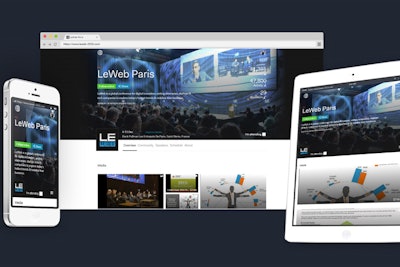
Conferize, which began as an event discovery and recommendation system, is now offering custom websites that are tied into the existing social platform. Using the new Conferize Organizer, planners can create a website with their own URL and custom welcome messages and subpages. The sites are tied to the Conferize social networking and content-sharing community, so users can follow the event for free. “It gives event organizers the chance to convert a ‘maybe’ visitor to a ‘definitely’ attendee,” says company C.E.O. Martin Ferro-Thomsen. The website features are a complimentary add-on to the existing Conferize plans, which are free for events of as many as 100 people and for events that are free, with additional pricing plans from there. The new feature was released February 12.
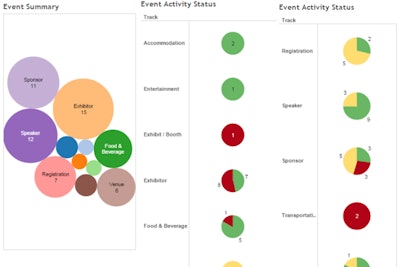
On February 17, Goombal released a new Customer Experience Marketing Platform. The system is intended to enable chief marketing officers to “deliver the perfect customer experience across all events for their corporate and product brands,” according to a press release. The platform includes “Ad-Hoc Event Collaboration Rooms,” which keep all related conversations and documents in a Pinterest-like tool. The system also offers real-time check-in and lead capture that integrates with customer relationship management apps. New real-time reporting and dashboards analyze performance across multiple events and can be used to create reports for distribution.
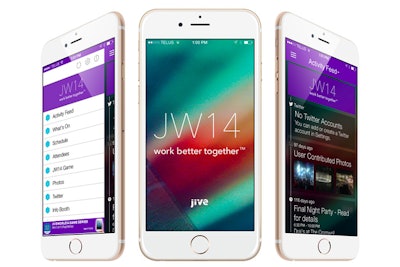
QuickMobile Enterprise 2.0, which launched in January, is the latest generation of the company’s enterprise mobile app and analytics platform for meetings and events. The cloud-based system provides a mobile solution that links data from a company’s internal and external meetings and events with other business data. For example, when a customer attends a user conference, the system’s analytics would capture that person’s survey results, content accessed, and education sessions attended so the sales team knows what to address during future client visits. “The focus is now the R.O.I. for the event, about contributing to the bottom line and about providing valuable meeting data to help organizations build better relationships with key audiences. And with mobile technology, all this is now possible,” says C.E.O. Craig Brennan.
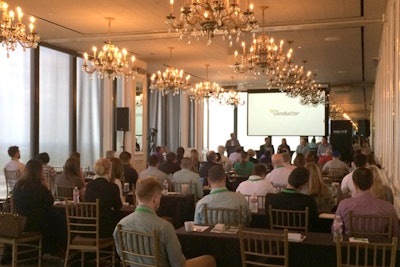
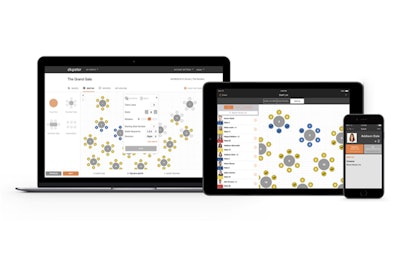
In June Zkipster launched a new seating feature for its guest list app. Planners can now design and collaborate on seating charts in real time using floor plans from several hundred venues with more coming in 2016. The system can also create custom plans at no additional cost. Hosts can use the app’s drag-and-drop feature to assign guests to seats and to make changes instantly.
